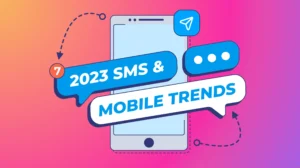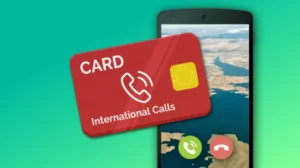Introduction
If you want to The world of messaging apps is growing fast, and it’s not uncommon to find yourself with a lot of different options to choose from. However, as new apps come out, it can be hard to keep track of which ones are best for sending messages. Luckily for you, we’ve got something very special in store: a guide that will tell you exactly how much data each app uses!
If you want to use the least amount of data possible when texting, your best bet is to use Facebook Messenger if you’re on Wi-Fi, and iMessage if you’re using cellular data.
use the least amount of data possible when texting, your best bet is to use Facebook Messenger if you’re on Wi-Fi, and iMessage if you’re using cellular data. Other options include WhatsApp, Skype and Viber.
Facebook Messenger uses less than 1MB per message on Wi-Fi (the same as SMS) but more than 10KB per message when on cellular data (around 70 times more). For example: sending a short text from an iPhone 6 to an Android phone via iMessage over 3G will cost 11% of your monthly data cap for each time it’s sent; whereas sending that same text through Facebook Messenger over 3G will cost just 0.1%.
Depending on which phone and Messaging Apps you’re using, text messages can be sent via your cellular network or over Wi-Fi.
When you want to send a message, your phone will automatically choose the best network connection. If you don’t have service or Wi-Fi is available, it will send your message over cellular data.
Depending on which phone and app you’re using, text messages can be sent via your cellular network or over Wi-Fi. SMS (Short Message Service) is the most common way to communicate via text message—it’s a protocol that allows text messages to be sent between mobile devices with little lag time and without having to go through an internet browser like email does.
Today’s smartphones are capable of sending large multimedia files in addition to text messages.
With the rise of social media, SMS is no longer the only way to communicate via text message. Facebook Messenger and iMessage have become popular alternatives that can send large multimedia files in addition to text messages. While all of these options use less data than making a phone call or sending an email, they’re not necessarily going to be your best choice if you’re trying to conserve data usage on your plan.
Read More: How to dial india
The amount of data each Messaging Apps uses depends on both the phone and carrier you’re using. If you’ve got an iPhone 7 or 8 with AT&T service (or one of several other American carriers), then Facebook Messenger uses about 1 MB per minute depending on how much video and voice calls you’re making through it—which is around 200 times moyour best bet. If you want to send large files over text, WhatsApp is a great choice. And if you’re using cellular data but still want to leverage the power of SMS—as well as keep up with those friends who are still using it—then iMessage is probably the best option for you.
re than an SMS text message would use for similar usage patterns (and about one-fifth as much as making a call). The same goes for iMessage: it will vary in size depending on how many photos and videos you send through it at any given time; however, it’s typically between 1-3MB per minute of use—again about 200 times less than an SMS text message would use for similar usage patterns (and about one-tenth as much as making a call).
But even with all of these options, SMS is still the most common way to communicate via text message.
Even with all of these options, SMS is still the most common way to communicate via text message. That’s because it’s not only the most popular messaging platform in the world by far—more than 3 billion people used it each month as of 2018—but it’s also the fastest way to send a message. Plus, you can use it even without a data connection or Wi-Fi, which makes it an ideal option for sending urgent messages if you have no other access to your phone or computer. As long as there’s coverage in your area (and assuming you have money on your phone), there’s nothing stopping you from texting someone right this minute!
Takeaway:
With all the options available, it’s hard to know which messaging app uses the least amount of data. Luckily, we’ve done some research for you and we have answers!
SMS is still the most common way to communicate via text message. You can use Facebook Messenger or iMessage to send text messages over Wi-Fi instead of your cellular data plan if you don’t want to use up any of your data. You can also send multimedia files with these apps (PDF documents, photos and videos) with no problem at all! And if one of those files happens to be large enough that it takes up more than 1MB worth of storage space on your phone—if we’re talking video here in particular—then Facebook Messenger will automatically compress that video file so that it doesn’t take up too much room on your device while still being able to play back smoothly without any lag time between frames being shown onscreen at once.
Conclusion
There’s no one-size-fits-all option for texting. If you’re on Wi-Fi and don’t mind using Facebook Messenger, it’s



